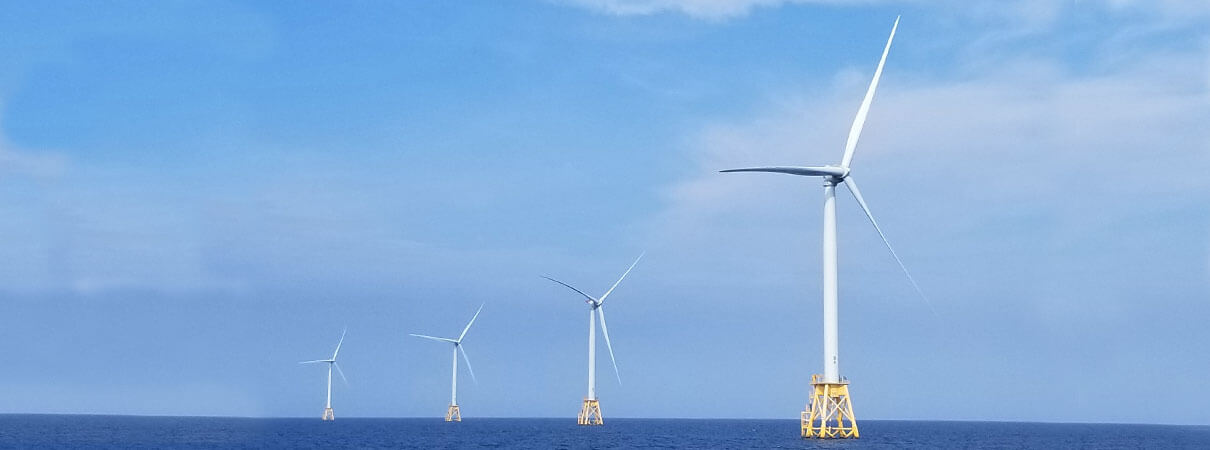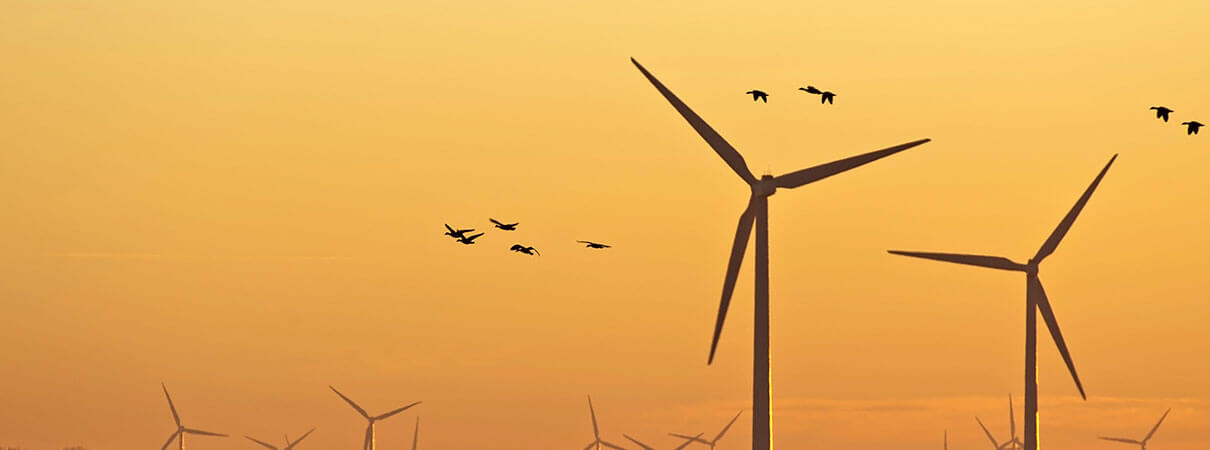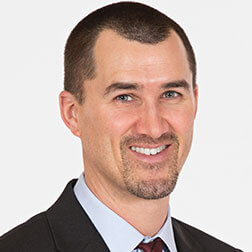Helping Birds Weather Offshore Winds of Change
Shortly after taking the job as ABC's Bird-Smart Wind Energy Campaign Director in 2019, I visited what was at the time the country's first and only offshore wind facility, off Block Island, Rhode Island. Our companions during the ferry out to Block Island were gray-and-white Cory's Shearwaters, which cruised above the waves along the way.
The tour provided a lot of background on how the facility came to be. It took many years of study, community outreach, and a lengthy permitting process before the project was approved and constructed. Once built, the facility allowed the island to shut off the diesel generators that had supplied its energy for many years. This all sounded like a solid step toward addressing the climate crisis. But I couldn't help but think about those Cory's Shearwaters as I watched the blades spin on the 600-foot-tall turbines.
Fast forward to today. Virginia has installed two turbines in federally owned coastal waters. Off the coast of Massachusetts, Vineyard Wind 1 has been approved to be the country's first large-scale offshore wind project. With up to 84, 800-foot-tall turbines, it will have a capacity almost 20 times greater than the two existing facilities combined. It also opens the floodgates to a far-larger footprint from wind energy facilities: In the pipeline are more than two dozen offshore projects, predominantly in the Atlantic, and the Biden Administration has committed to a total of 30 gigawatts (GW) generated by offshore wind by 2030. (For reference, most projects are around 1GW or less.)

Cory's Shearwater. Photo by Warren Cooke.
What threat does the new offshore wind industry pose to our declining bird populations? In short: We need to tread carefully and start gathering data to find out. With only a handful of turbines installed in U.S. waters, environmental impact analyses have largely relied on predictive modeling and human judgment to evaluate risks.
Studies from the mature offshore wind industry in Europe, although not an exact match with conditions in the U.S., do provide some helpful data. These studies show that offshore turbines can both displace birds and cause collisions. For some species, displacement — when birds avoid areas that they would otherwise use — is the most concerning impact. Basically, displacement equates to habitat loss, and it can have a large footprint: One European study found that Red-throated Loon avoidance of operating wind facilities can extend up to nearly 10 miles.
Collisions are difficult to assess, since carcasses rapidly disappear in the marine environment. Existing technologies can give us bits and pieces of information, and a number of promising technologies are in various stages of testing and refinement. However, nothing yet gives us the whole picture of offshore wind's impact on birds.

Offshore wind turbines at Block Island, Rhode Island. Photo by Joel Merriman.
The good news? Offshore wind could be a real game-changer in the fight to reverse climate change. Offshore wind facilities will provide massive amounts of carbon-free energy for hungry markets on the coasts. And we know that mitigating climate change is critically important to protecting birds long-term.
Plus, there have been some small but encouraging steps taken toward better understanding and hopefully reducing offshore wind energy development's impact on birds. Vineyard Wind 1 opted to install acoustic monitoring devices and Motus (radio telemetry) towers on their turbines, and will fund a small number of nanotags to study bird movement in the facility. They will also conduct bird surveys within the project footprint, among other measures.
Planning has also been more balanced in the offshore realm than on land, with the Bureau of Ocean Energy Management and collaborating agencies taking a big-picture approach to planning wind areas. Still, there are no guarantees that the results will prove ideal for birds. This new industry comes with a great deal of uncertainty and new challenges.

Birds and wind turbines. Photo by J. Marjis/Shutterstock.
How do we move forward? For starters, we need to monitor collisions at the first facilities constructed, deploying additional existing and emerging technologies. We need to start gathering data to evaluate displacement effects. We need data as soon as possible on the collision risks to hundreds of millions of land birds that migrate between the Atlantic Coast and Latin America each year. And last but certainly not least, we need a plan to offset impacts with on-the-ground mitigation measures.
So, there are many things we need to do to ensure birds and wind energy development are as compatible as possible. We can find the answers; we just need the collective will to make it happen. We can and must harness marine winds to transition to clean energy. We must also do so in a way that keeps those Cory's Shearwaters aloft for the next generation of visitors to Block Island.
 | Joel Merriman is American Bird Conservancy's Bird-Smart Wind Energy Campaign Director. |


















































